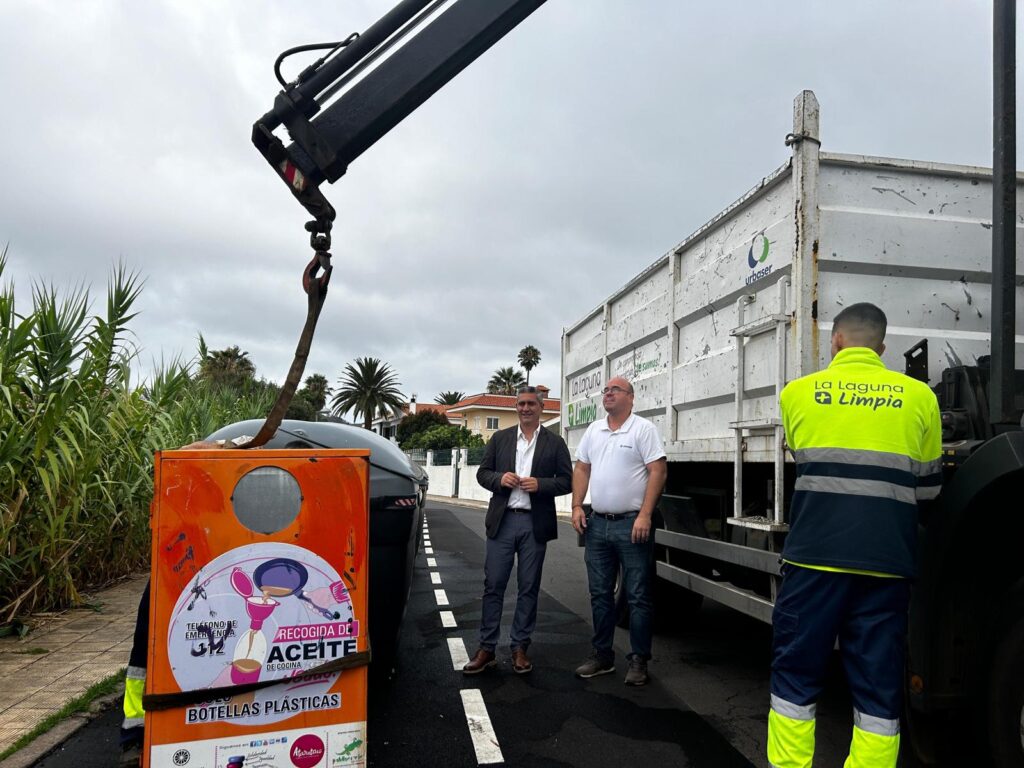Miranda asserts that the legislation was “beneficial” as it decentralised urbanism but acknowledges the need for certain adjustments.
Santa Cruz de Tenerife, 26th February (Europa Press) –
The Government of the Canary Islands has initiated the process of revising the land law approved in 2017 to simplify and clarify the urban regulations and processing while incorporating new indicators regarding the urban agenda, ecological transition, and demographic challenges.
The specifics of this initiative, which has involved input from approximately 800 individuals from public institutions and professional associations primarily, were presented at a press conference on Wednesday by the Minister of Territorial Policy of the Canary Islands Government, Manuel Miranda; The Vice Minister of Territorial Planning and Demographic Challenge, Elena Zárate, and the General Director of Territory Planning, Onán Cruz.
The proposed new legislation signifies a commitment to structural urban planning over detailed planning, reducing the content of the General Planning Plans (PGO) by up to 40%.
Additionally, the timeframes for public expropriation have been shortened, a change that the Ministry attributes to the ease of access to information facilitated by digitalisation, while encouraging greater territorial protection through increased penalties, which now range from 60 to 300 euros for minor infractions, and can escalate to 600,000 euros for the most serious violations.
In this regard, the Canary Agency for the Protection of the Natural Environment (APMUN) will significantly extend the intervention periods for violations, doubling the prescription timeframes from four to eight years.
Miranda has reiterated that there will not be “an additional metre of land” designated for urbanisation, although the law permits changes of use justified by local councils to develop residential or tourist areas, for instance.
This legal reform aims to enhance the construction of public housing by increasing the allocation of public land use from 10% to 15%.
Regarding industrial land, measures are also being introduced to rehabilitate degraded areas, encompassing over 60,000 hectares in the Canary Islands, alongside a tailored approach for agricultural land and municipalities with fewer than 10,000 inhabitants.
The legislation also abolishes the differentiation between partial and special plans, aligning urban action and improvement programmes (PAMU) with the processing of ordinances and retaining declarations of insular interest.
Miranda, who has argued in defence of the 2017 law, describing it as “sound” but in need of “updating,” stated that this process is informed by a shared “sentiment” among institutions and urban planning professionals, signifying it is not an “imposition” by the government.
The parliamentary procedure will commence in September
He indicated that the “fundamental principles” of the 2017 law remain intact and clarified that “return to cotmac” is “not part of that discourse”, expressing support for “decentralisation” in the hands of councils and municipalities, adapting urban planning “to contemporary requirements”.
“We are not causing confusion; the law is being amended to enhance clarity, to modernise it, and to provide a more rapid and efficient instrument for those who utilise it daily and have encountered challenges in its processing and implementation,” he stated.
The draft will be submitted this afternoon to FECAM, on Thursday to FECAI, and on Friday to parliamentary groups, with an appearance before the Parliamentary Commission of Territorial Policy at their request.
The government’s expectation is for the text to be presented to the regional chamber starting in September, once the public exhibition period has concluded, the advisory council’s approval is secured, and the draft law receives endorsement from the Governing Council.
















